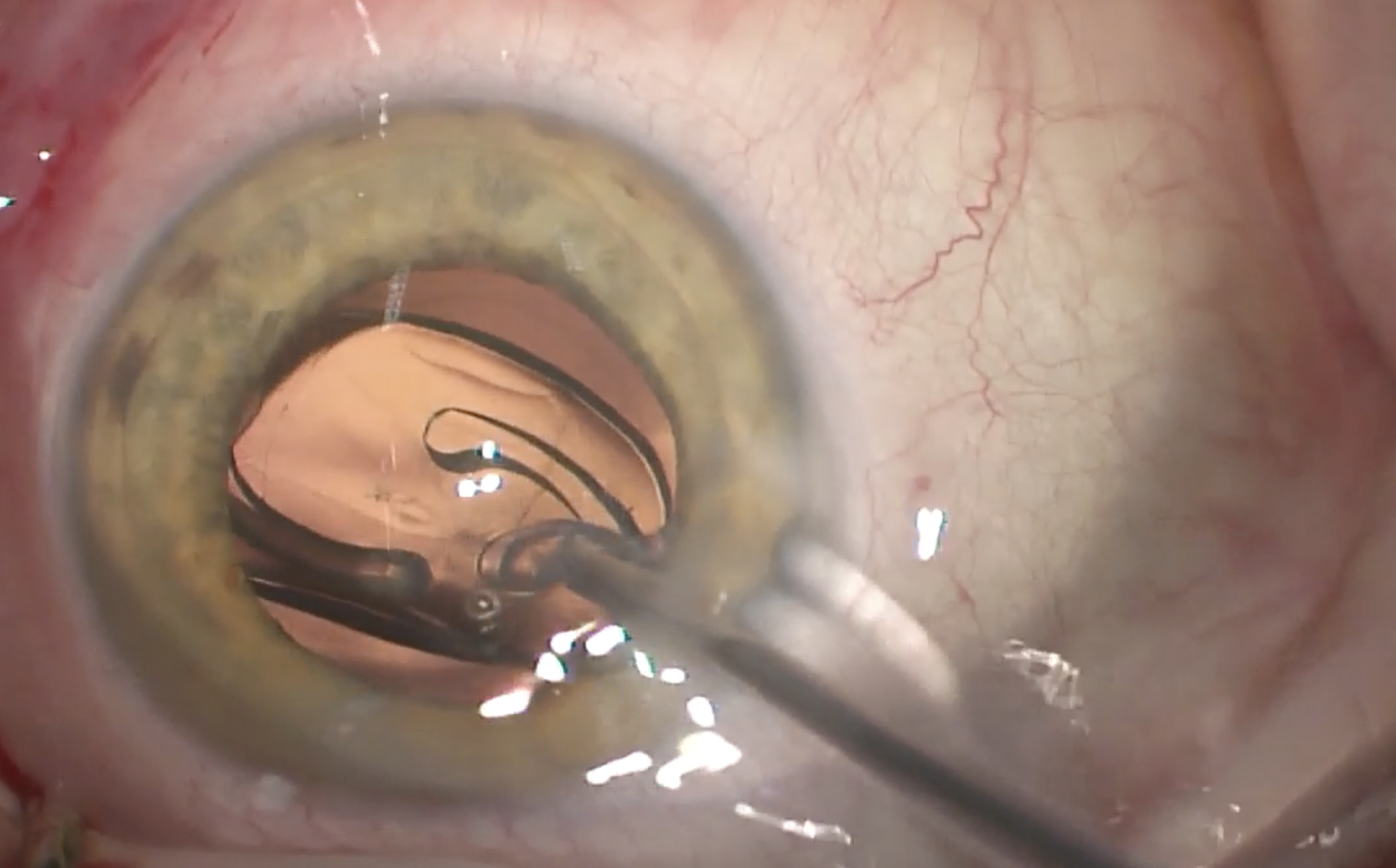
- © 2023 Richard Caesar Surgery 0

I recommend that you wear your shield at night for the first week.
Using eye drops can be difficult at first. For a full set of videos showing all the different techniques for drop application please visit:
www.myeyedrops.info
Can I shower and bath?
You can most certainly shower and bath, but be careful not to rub or press on your eye, and do not go underwater in the bath.
Can I swim?
Not for 2 weeks, and ideally do not go underwater for a full month.
Can I exercise?
Yes, but try to avoid strenuous activity such as heavy lifting. You can bend down however, for example to tie shoe laces.
Can I drive?
The legal limits for driving are the ability to read a number plate at 25 yards, with good health and an unimpaired visual field. As soon as you reach these limits you can drive. For some patients this may be day 1, but for others it may not be until you pick up your new glasses at 4 weeks.
Do I need time off work?
Under most circumstances you would be able to return to work almost immediately, but it would be safe to book a week off in case it took your vision longer to recover.
Can I wear my old glasses?
Under most circumstances your old glasses will now have the wrong prescription for the operated eye, but still the correct prescription for the other eye. You can wear them if they are comfortable, but may find you are more comfortable without your old glasses.
When can I see my optician for new glasses?
You need to wait for 4 weeks to allow your eye to settle fully before measuring for new glasses. In the meantime if you are having difficulty reading you may choose to use a pair of the cheap "ready readers" for the first few weeks.
If my eye drops run out do I need to get more?
Yes please. You can contact your GP, your surgeon or the hospital to pick up some more drops. If you stop the drops too soon you can have a rebound inflammation and the eye can become red and sore.